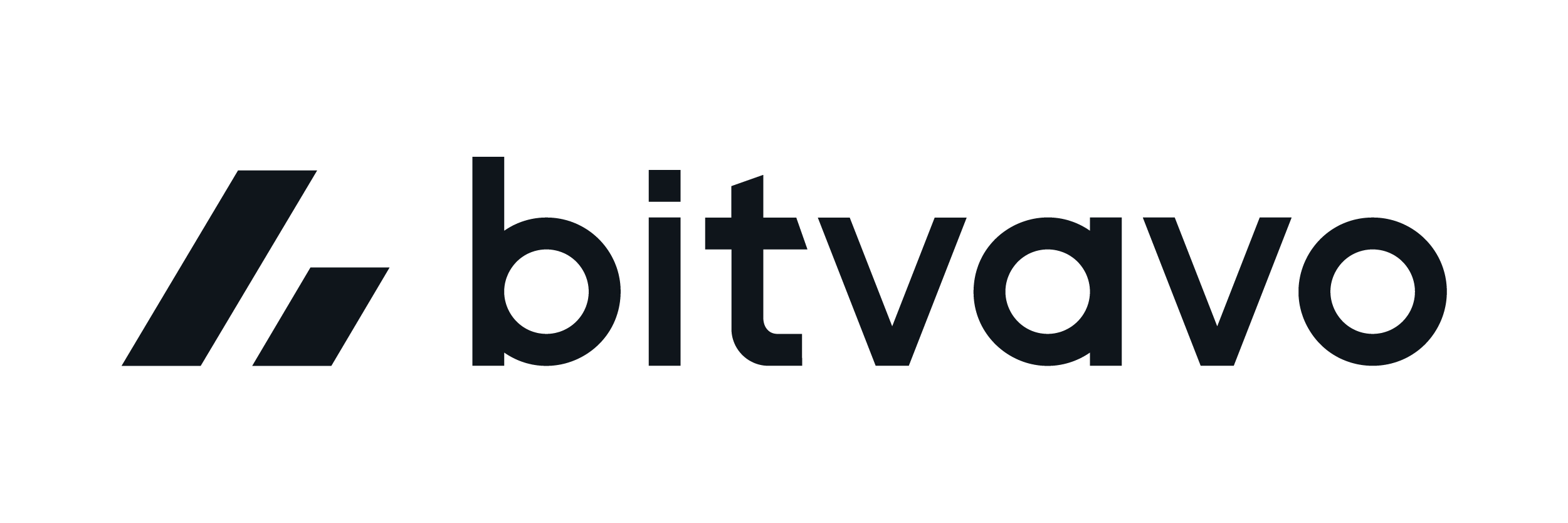Welcome to this post, where we are going to cover the most common questions you may have about Anchor Protocol, whether you are new to DEFI and cryptocurrencies, or if you have been using them for some time.
If you are looking for opinions from different users, you will find them at the end of this post. But first, we are going to give our opinion and talk about the most frequent risks and doubts. I recommend you first see the aspects that we discuss, and then see the other opinions that other users have to have the maximum of information.
If you want to know more about anchor protocol, you can find a detailed guide on how to use it here and all the steps to get started on this DEFI platform.
We will focus on the main part of Anchor Protocol, which is the staking of UST with a 19.48% APY or annual % with a stablecoin. UST is always tied to the dollar value 1:1. There are other strategies in Anchor with Luna and other cryptocurrencies that you can find in the guide I left above. But here we will cover what is most used and generates more doubts to most users, the staking of UST.
Is it a Ponzi?
No. This is a doubt you may have, since it is usually said that when you see very high returns, it is usually a ponzi. But this is not the case, since the platform does not promise a fixed annual %. Although it has been u 19.48% for some time, the annual % is very likely to decrease.
In addition, the platform itself generates income, through cryptocurrencies that are deposited and borrowed. Since Anchor is a lending platform with the cryptocurrency Luna, and also Ethereum and Avalanche currently.
Where does that annual % come from?
The next doubt you may have, is where does the annual % you are giving for depositing UST come from. As we have commented, by placing your Luna and borrowing, you are paying an interest for it. In addition, when you place your Luna or another cryptocurrency, the Anchor platform uses them to make staking with them and generate the annual % that each cryptocurrency gives in its network.
The main problem is that the annual % that Anchor gets is about 7% at the moment. At the end you can find a link to verify all this data and you can see it yourself thanks to grafana.luigi311.

The current difference of 19.48%-7%= approximately 12.48% per annum comes from Anchor Protocol’s reserves. In this way, the platform manages to be able to offer this great profitability using the reserves that will eventually end if Anchor does not manage to generate a higher annual %, or decrease the annual % that it gives for staking UST.
So, the difference comes out of funds that have been deposited as reserves in Anchor to maintain the 19.48% annual % for longer and attract new users. But it is important to note that this % is likely to decrease as there are fewer reserves, as this return is currently unsustainable. You can see all the data in the link at the end to also check the days left to run out of bookings.

Is it secure?
Yes, although it must be considered that any DEFI platform can be hacked even if it is audited. Fortunately, Anchor has never suffered any attack nor has any related risk been known. So the platform is quite secure, in addition to having a lot of capital invested in it. Which makes that many users and large capitals have trusted this platform.
Possible risks
To finish before seeing opinions of other users, I would like to highlight the possible risks that you should consider. Since nothing is 100% safe in DEFI. These are possible risks to consider, even if they are unlikely to happen.
The first risk is that the platform is hacked. Although it is very unlikely it is something that cannot be ruled out.
The second risk is depeg or UST ceasing to be worth $1. Although it has great mechanisms to prevent this from happening, if there was a widespread panic due to some news or any problem and confidence in UST was lost, it is likely that its price would drop and it would cease to be 1:1 with the dollar. Although we have already seen FUD (fear) attacks and UST or other stablecoins after days have recovered, there is always this option to consider.
The third risk, or rather aspect to consider, is that 19.48% per annum is a very high % and is not going to be maintained over time. There are already several proposals and discussions to maintain a stable annual % without the need to be using the reserves that the platform has until it runs out of them. So, keep this in mind, because if you do UST staking, it is possible that in several months or less, the annual % will have been reduced. Even so, it is possible that the annual % is still interesting and competitive with respect to other options if it is between 10-15% per year.
Other opinions
Below, you can find different relevant twitter accounts giving their opinion and vision about anchor protocol. Where you can learn and surely understand better some concepts that we have discussed, especially if you are new. In addition to a video that explains very well where the profitability of Anchor comes from.
Finally, you can find a link to all the Anchor Protocol data to analyze on your own and see very interesting data, such as how many millions are spent from the reserve every day by clicking here or in the last link of the article by grafana.luigi311.

WTF is @anchor_protocol and how it pays its depositors 20% APY on $UST.
— Gabe 🌖 (@GabrielGFoo) December 10, 2021
A fundamental overview on how Anchor Protocol works $ANC, $UST and $LUNA 🧵 👇
An Anchor Protocol update (ELI5)
— Route 2 FI (@Route2FI) March 31, 2022
-How does Anchor make money - is it sustainable?
-How long will the 19,5% yield last
-What will happen when the yield reserve is empty
-The future for Anchor Protocol
/THREAD pic.twitter.com/6iBQ2v1loB
"How can I earn $100 a day in passive income safely /w defi?"
— The DeFi Edge 🗡️ (@thedefiedge) March 3, 2022
You start with $190k and use @anchor_protocol at 19.5% APY
If you don't have that much capital, then you're going to have to take more risks.
No such thing as a free lunch. pic.twitter.com/N9W4yJhAS9
Platform: Binance
Min. deposit: $10
License: Cysec
Very low commissions
Exchange with more cryptocurrencies


